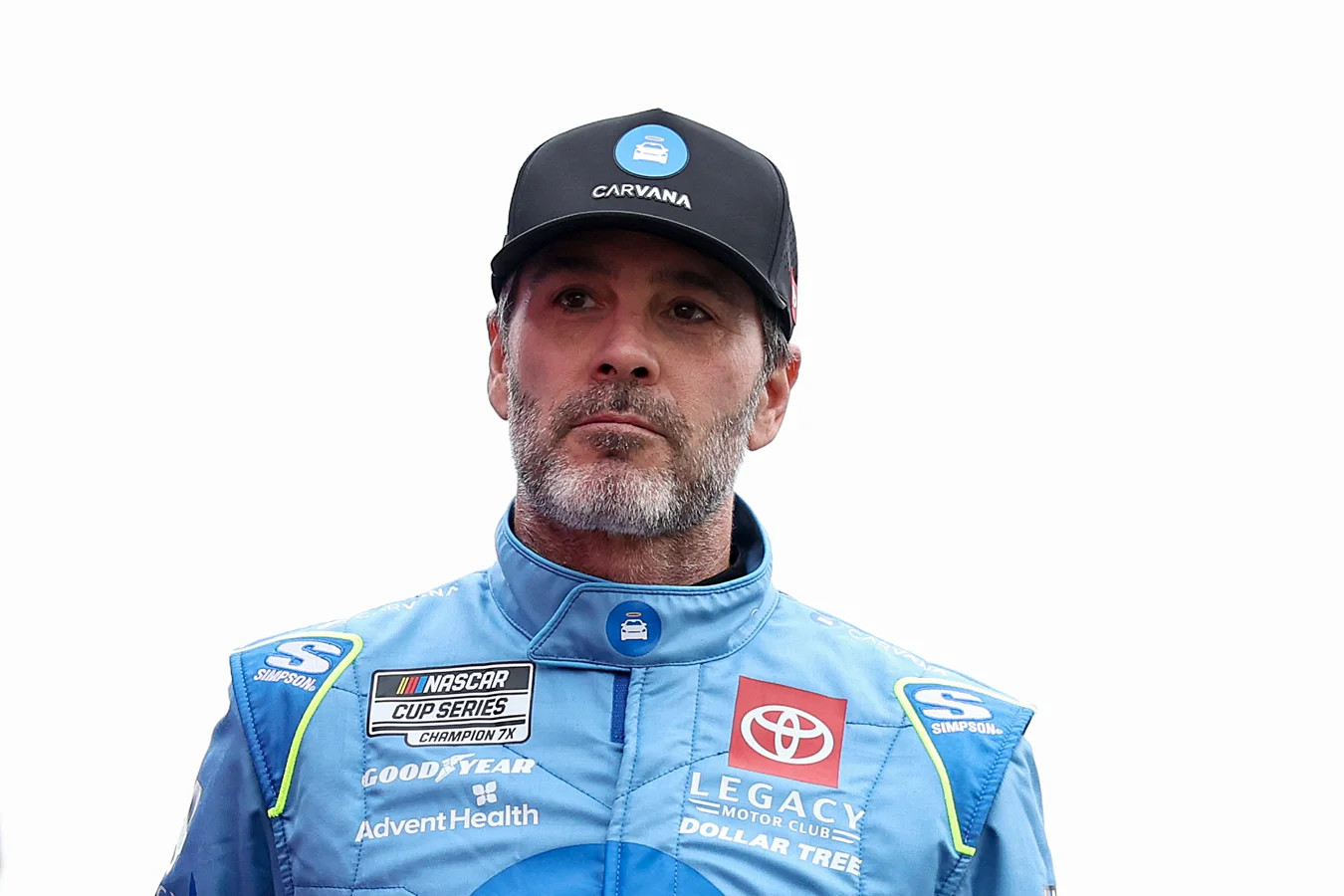The fatal crash of Dale Earnhardt Sr. at Daytona International Speedway in 2001 marked one of the darkest moments in NASCAR history, profoundly impacting how the sport approached driver safety. This incident triggered a series of new regulations, most notably the mandatory use of the HANS device, designed to protect drivers from deadly head and neck injuries during crashes. The HANS device is now recognized as a vital piece of safety equipment, as no driver in NASCAR’s top three series has died from similar injuries since its enforcement.
The HANS Device and Its Early Resistance Among Drivers
The HANS device, made from carbon fiber-reinforced polymer, prevents severe head movement during collisions, which can lead to fatal injuries. Despite its availability before 2001, many drivers chose not to wear it due to discomfort and issues with seatbelt fitment. Seven-time Cup Series champion Jimmie Johnson recently shared insights on the Rubbin’ is Racing podcast, emphasizing that the device was ignored for years primarily because it was awkward and hindered performance.
Johnson reflected,
I start with myself. I had a HANS device sitting in my transporter since 1998-99. I never wanted to wear it. It was clumsy. I didn’t have the seatbelt geometry correct.
These challenges delayed wider adoption until modifications to seatbelt brackets made wearing the device more feasible and comfortable.

Liability Concerns and NASCAR’s Hesitation
Another factor contributing to delayed HANS device implementation was NASCAR’s reluctance to assume liability for mandated safety gear. Johnson explained that making safety equipment compulsory would force NASCAR to take responsibility for its proper use and any incidents related to it. Early in Johnson’s career, safety equipment like helmets, fire suits, and seat belts were only suggestions rather than requirements.
He added,
In our sport — and racing in general — nobody wanted to be liable. When I first started racing in NASCAR, it was suggested to wear a helmet. It was suggested to wear a fire suit. Suggested to wear a seat belt.
Recurring Tragedies That Prompted Change
Earnhardt’s death was not an isolated case but part of a series of fatal incidents involving similar crash injuries. Johnson mentioned several drivers whose previous deaths signaled the urgent need for better protection.
We had four other drivers die before Dale — Tony Roper, Adam Petty, Kenny Irwin and Blaise Alexander. All from the same style of crash and same injury.
These tragedies gradually pushed NASCAR toward enforcing stricter safety requirements.
The Lasting Impact of the HANS Device on NASCAR Safety
Today, the HANS device stands as a testament to how one tragic event reshaped NASCAR’s attitude toward driver safety. The sport’s evolution toward mandated protective gear has arguably saved countless lives over the past two decades. Looking back, it is chilling to imagine the potential consequences if these safety improvements had not been enforced following Earnhardt’s death. Johnson’s reflections underscore the painful but necessary changes that have helped protect drivers in one of racing’s most dangerous arenas.
